Traditional Clothing in France: A Journey Through Cultural Heritage

France’s traditional clothing reflects its rich cultural heritage and regional diversity
France’s traditional clothing reflects its rich cultural heritage and regional diversity. Each region showcases unique attire, such as the intricately embroidered coiffes of Brittany, the lightweight floral patterns of Provence, and the Alpine-inspired heavy skirts of Savoy. These garments highlight France’s blend of practicality, elegance, and artistry.
From the Basque Country’s ceinture de flanelle to the vibrant Parisian can-can dresses, these costumes are celebrated in festivals and historical reenactments, preserving their cultural significance across generations.
Traditional Clothing in France: A Showcase of Cultural Richness and Regional Diversity
Alsatian Dress (Alsace)
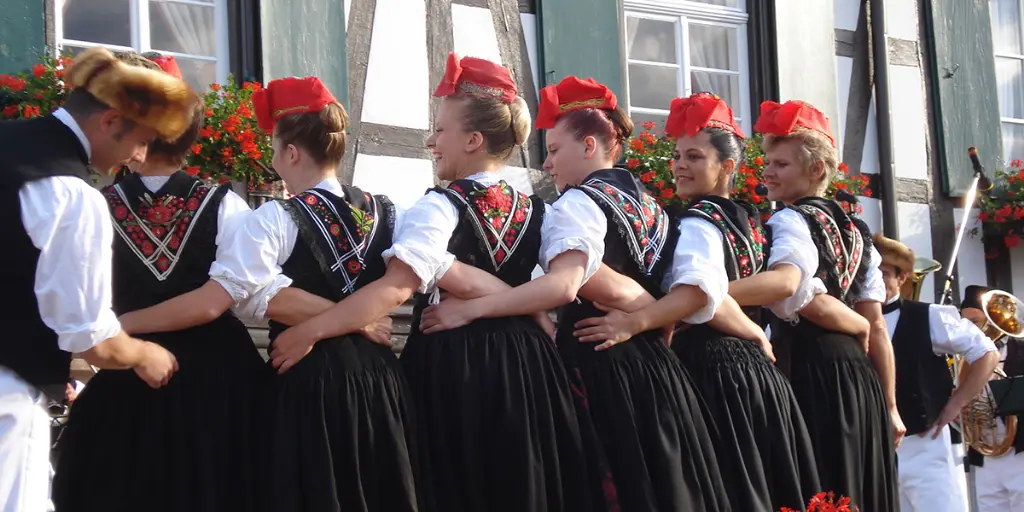
Women typically wear dark dresses with white aprons and large black bows or headpieces, while men don dark jackets and trousers, reflecting the region’s blend of French and German influences.
Provençal Costume (Provence)
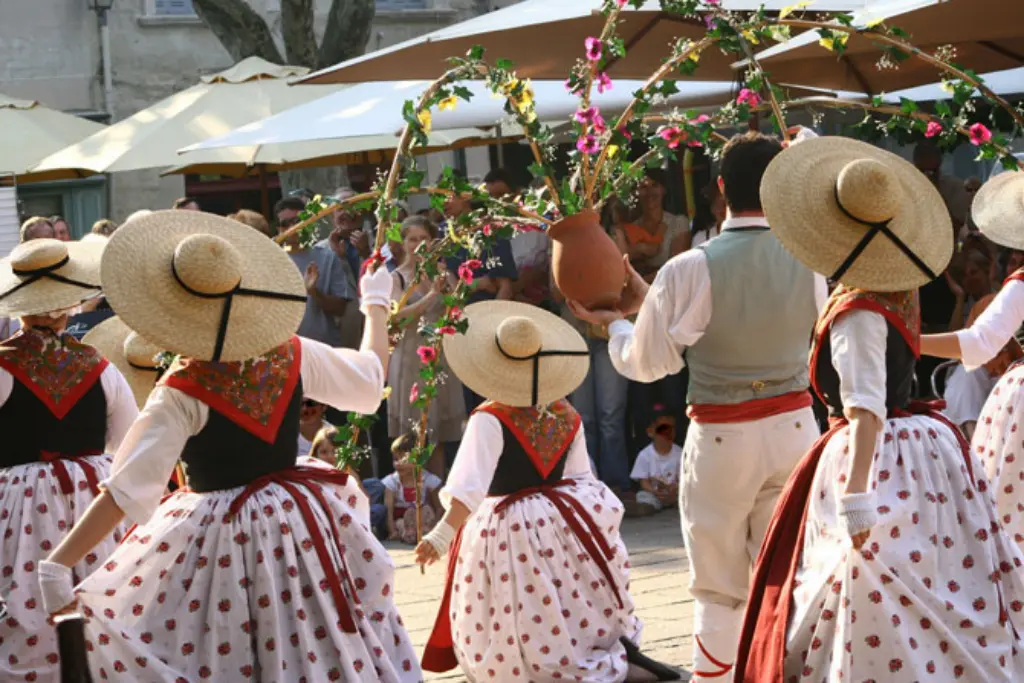
Known for its lightweight, colorful designs featuring floral patterns, the Provençal attire includes cotton vests, embroidered aprons, and headscarves for women, mirroring the region’s sunny Mediterranean culture.
Basque Costume (Basque Country)
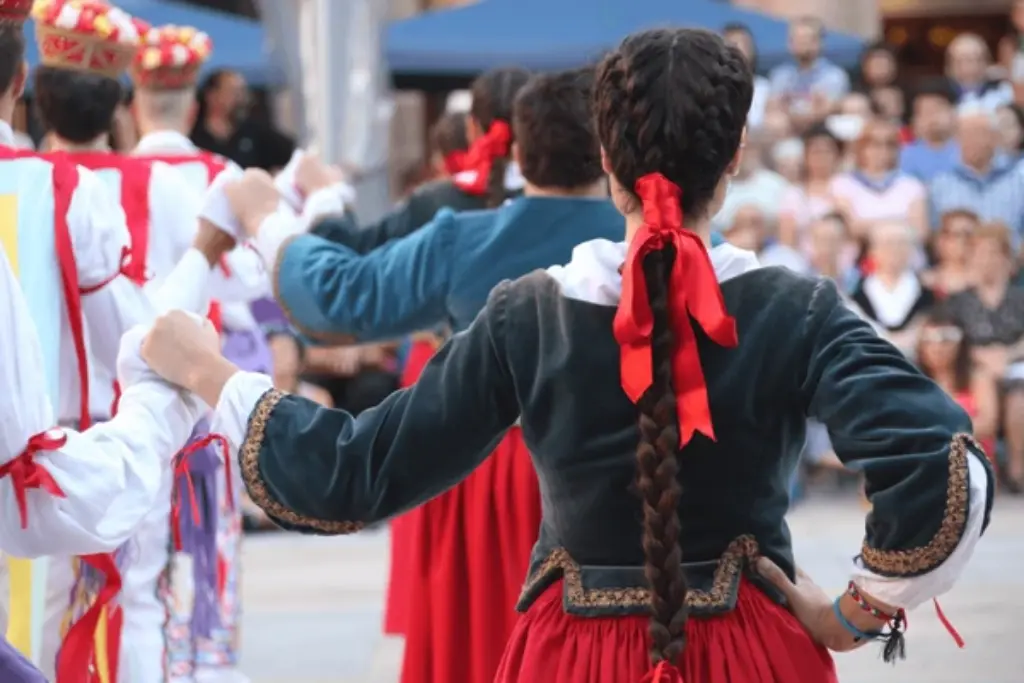
Women’s traditional outfits feature long skirts, blouses, and coiffes or scarves, while men sport black berets, vests, and red sashes known as the ceinture de flanelle.
Savoyard Costume (Savoy)
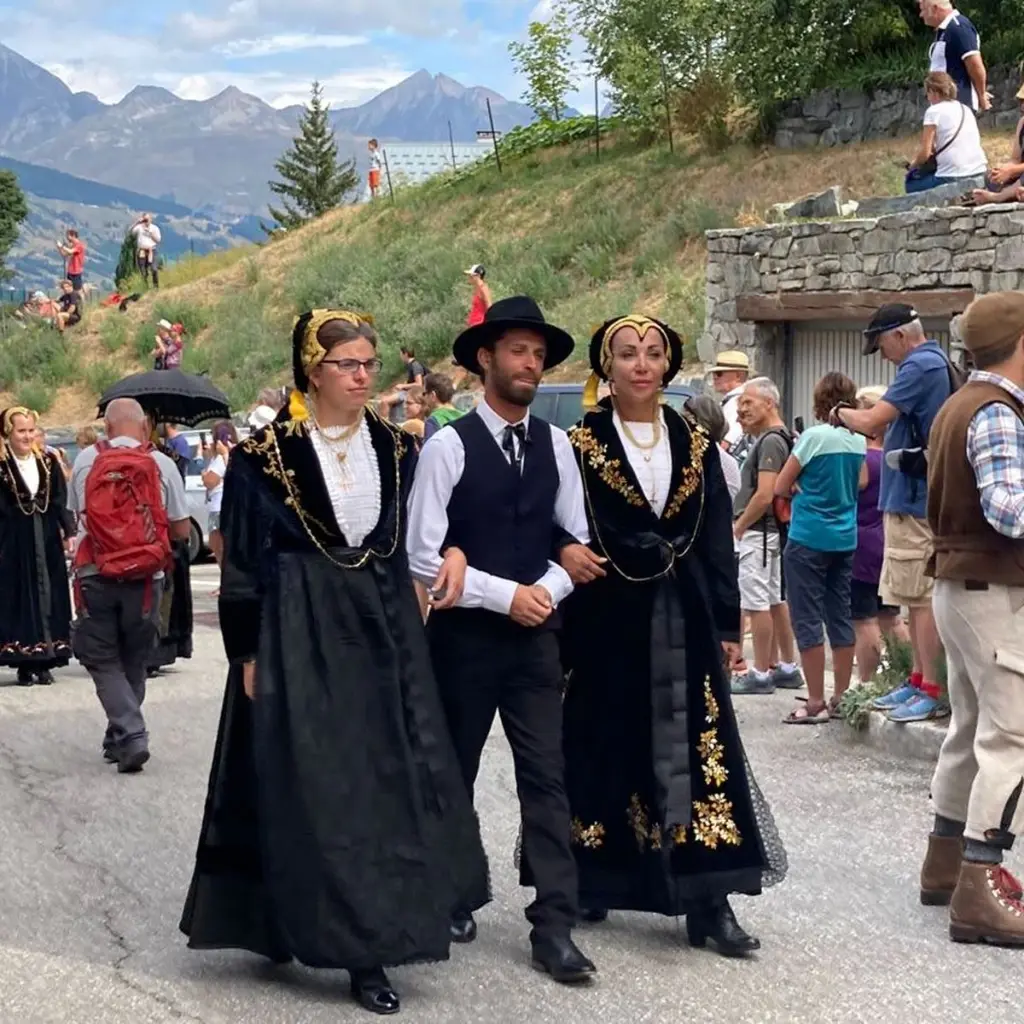
Reflecting the Alpine heritage, this attire includes dark jackets and hats for men, and heavy skirts paired with aprons and capes for women, designed for the colder mountain climate.
Norman Costume (Normandy)
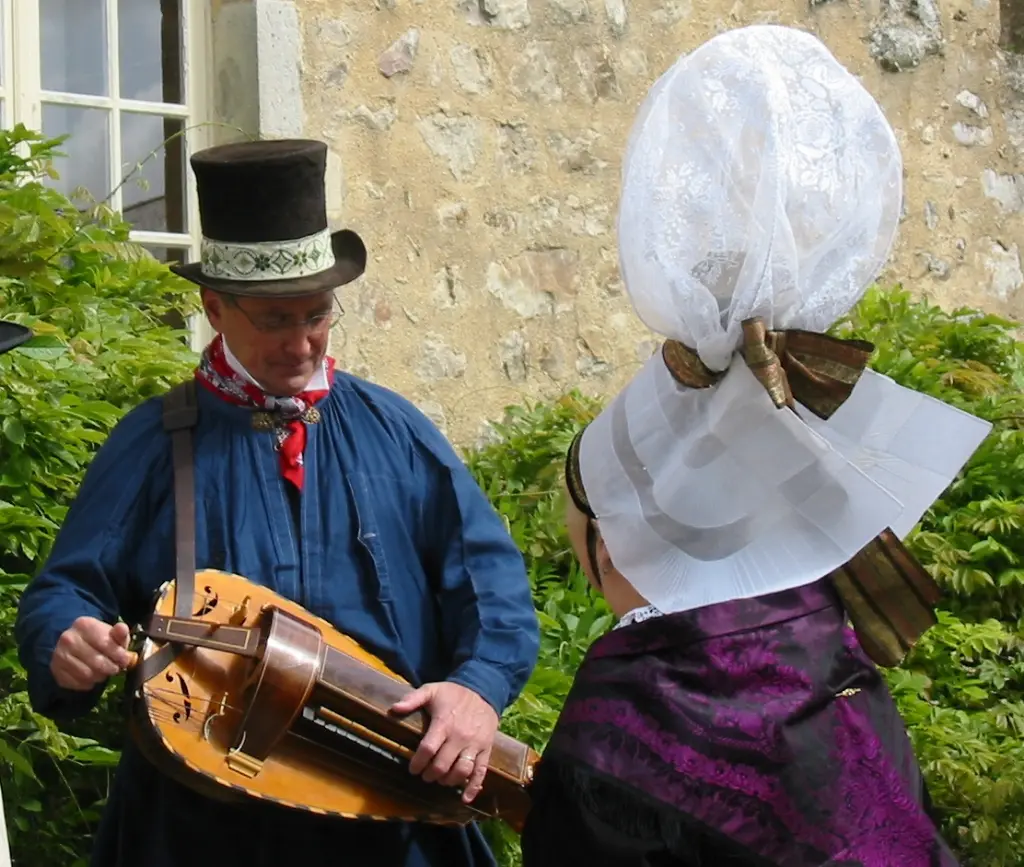
Women’s clothing is typically made of wool or linen and includes ornate coiffes. Men often wear long coats and berets, showcasing the practical elegance of Normandy’s traditional fashion.
Béarnais Costume (Béarn)
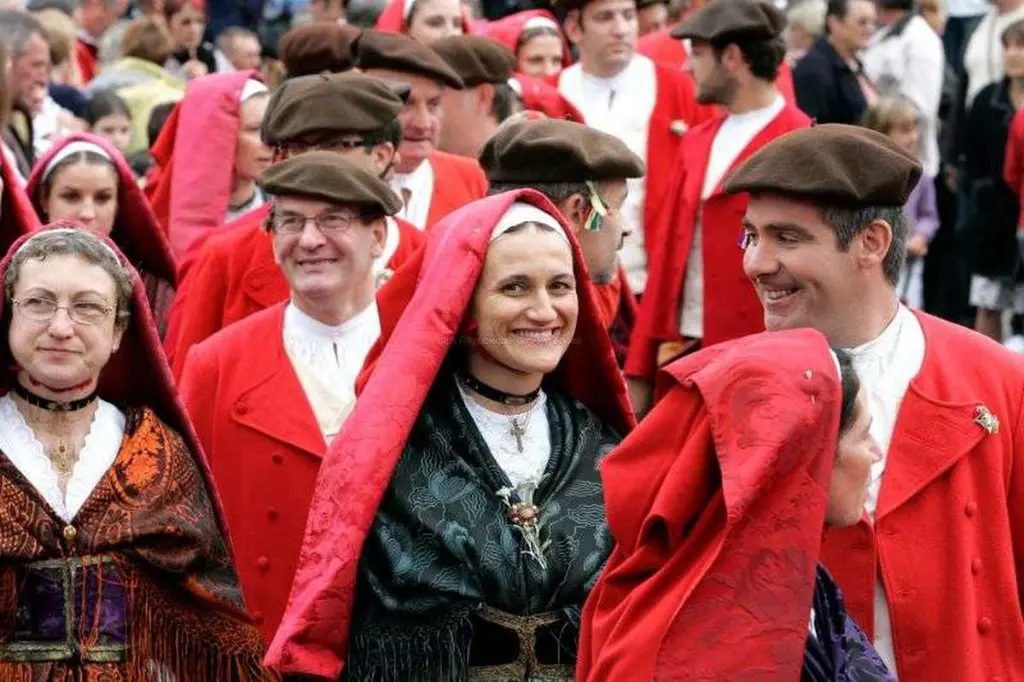
A simpler peasant style, men wear linen shirts and vests, while women don long skirts, blouses, and scarves, emphasizing functionality and comfort.
Parisian Can-Can Dress
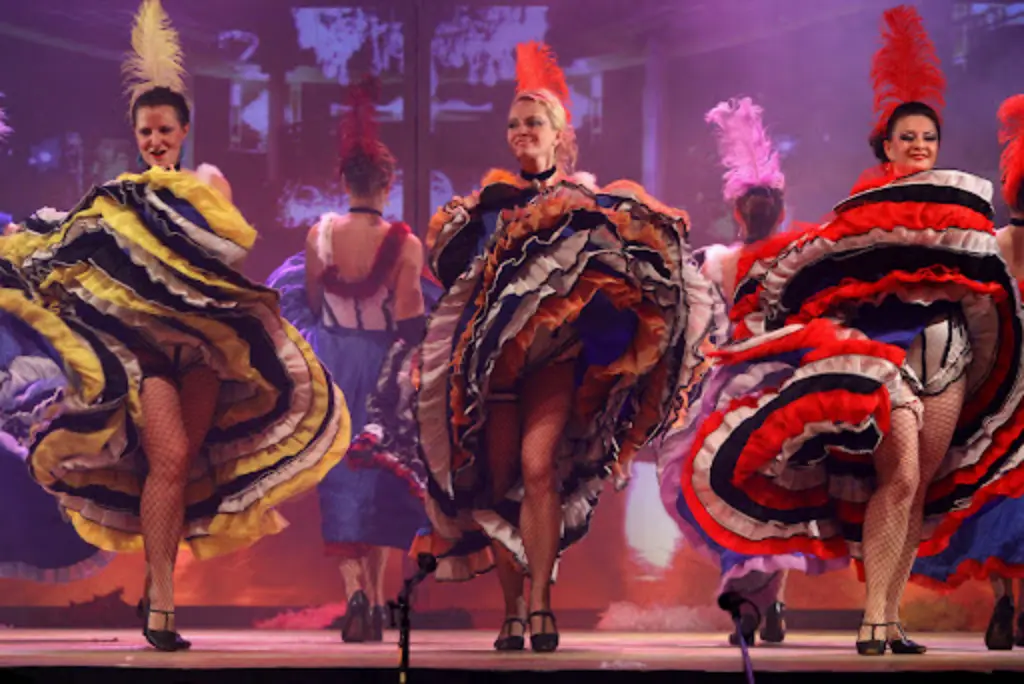
While not rural traditional wear, the Moulin Rouge can-can dress is iconic, with its flamboyant ruffles and vibrant colors symbolizing Paris’s cabaret culture.
Regional Festival Costumes
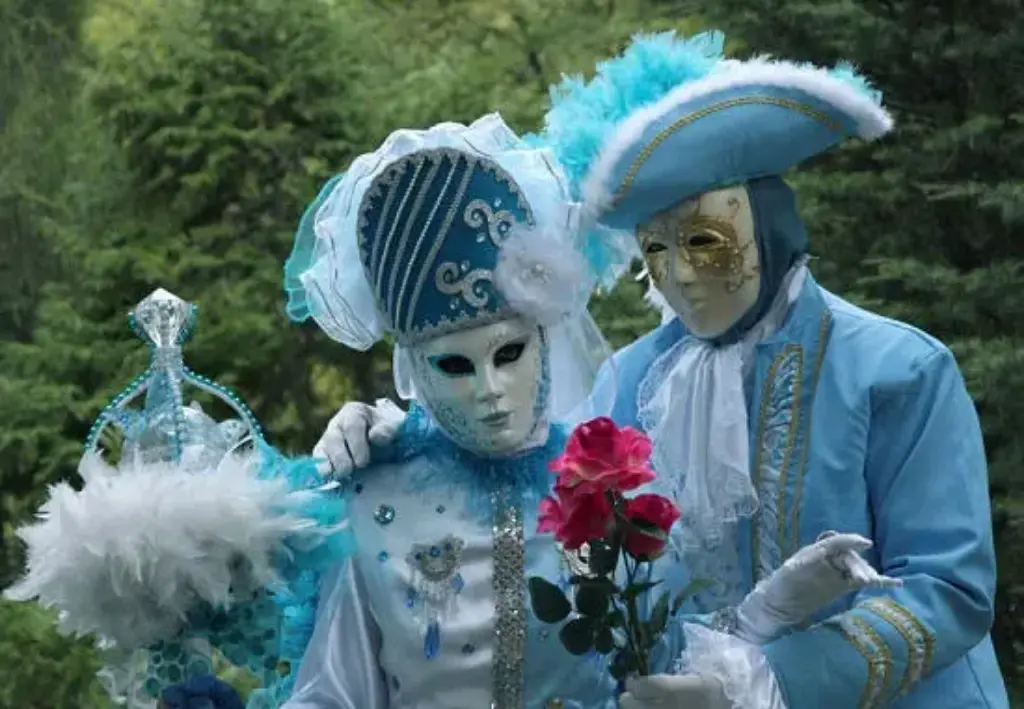
Throughout France, specific regional outfits are worn during festivals, such as Burgundy or Champagne’s wine celebrations, often featuring historical designs and decorative accessories.
Traditional Clothing in France: A Journey Through Cultural Heritage
Traditional clothing plays a significant role in defining the cultural identity of a society. In France, traditional attire not only reflects historical influences but also serves as a living testament to regional diversity and heritage.
From the elegant gowns of Paris to the rugged garments of the Breton coast, French traditional clothing is a rich tapestry of fabric, color, and design that tells the story of a nation. This article delves into the history, symbolism, and enduring relevance of traditional clothing in France, exploring how these garments continue to shape and define French culture today.
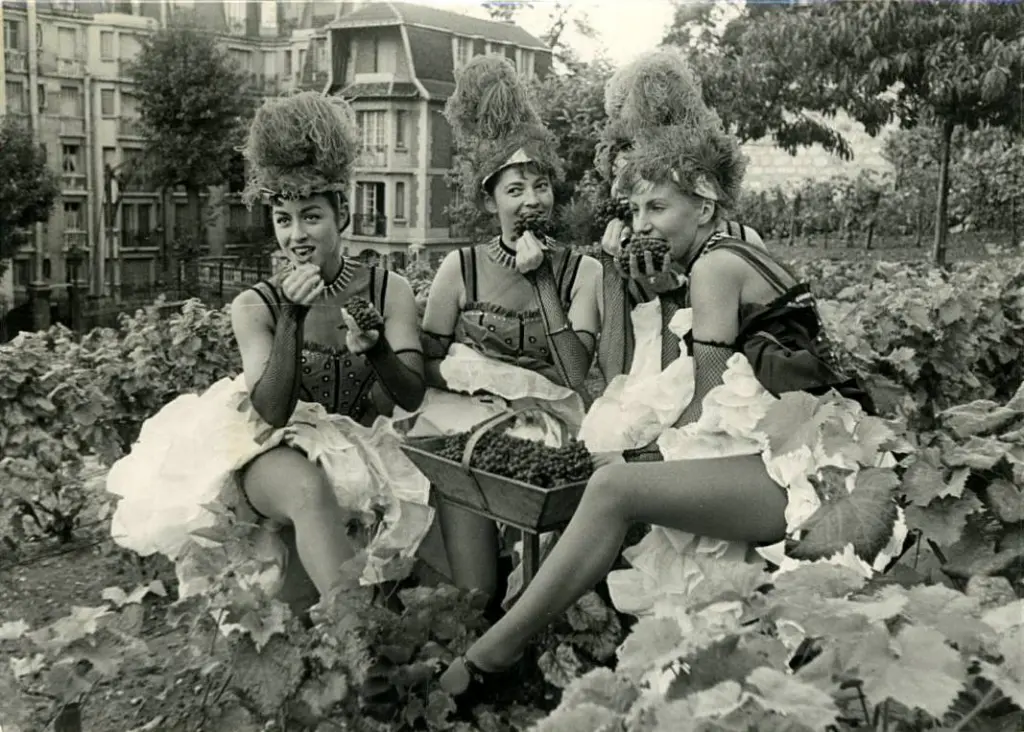
The Evolution of Traditional French Clothing
Traditional French clothing has evolved significantly over the centuries, shaped by historical events, political changes, and social dynamics. The 16th and 17th centuries were particularly formative, with the Renaissance and the Baroque periods influencing fashion across Europe, including in France. During this time, French nobles and royalty donned elaborate garments that displayed wealth and status.
Gowns made of silk, satin, and lace, richly adorned with embroidery and frills, became the hallmark of French fashion. These garments were designed not only for aesthetic purposes but also for practical reasons; they provided protection from the elements and signified social standing. As France moved into the 18th and 19th centuries, the industrial revolution brought about changes in fashion.
The rise of the working class led to simpler, more utilitarian clothing, while regional variations persisted. Breton clothing, for instance, remained true to its roots with sturdy woolen skirts and sailor-inspired tops, reflecting the maritime culture of Brittany.
Long paragraphs here could discuss how specific styles, like the corsets and wide skirts of the 19th century, transitioned into the more casual, tailored look that became popular in the 20th century. These changes were influenced by both internal factors, such as economic conditions, and external ones, like the two World Wars, which led to shifts in clothing styles across the country.
Breton clothing for instance, remains a staple in the maritime regions of France, embodying both tradition and practicality. The 1900 Paris Exposition showcased French fashion to the world, helping to solidify Paris as a global fashion capital.
Today, traditional French clothing is less about everyday wear and more about cultural preservation and celebration, appearing at festivals, heritage events, and even themed parties. This evolution highlights how traditional clothing has adapted to meet the needs of different eras while maintaining a strong connection to French cultural heritage.
The Symbolism Behind French Traditional Clothing
French traditional clothing is imbued with deep symbolism that extends beyond mere fashion. Each piece carries a story, a narrative that reflects the values and history of a region or social class. The Breton Shirt, characterized by its horizontal blue and white stripes, is perhaps the most iconic of French traditional clothing.
Originally worn by sailors in Brittany, it symbolized the rugged life at sea and the strong maritime heritage of the region. Today, the Breton shirt is a symbol of both pride in regional identity and French cultural resilience. Similarly, the Marie Antoinette gown remains an enduring symbol of French nobility and the opulence of the 18th century court. This elegant gown, often made of silk and adorned with lace, was not just a piece of clothing but a statement of power and wealth.
Each traditional garment serves as a cultural artifact that reflects the history and social structure of its time. The Haute Couture of Paris, a term that refers to the highest quality, handmade fashion, symbolizes French craftsmanship and innovation. These garments are not just clothes but a way of communicating a narrative—whether of elegance, modesty, or patriotism.
The clothing of the working class during the 19th century, such as the peasants’ heavy woolen tunics and trousers, represented simplicity and hard work. In contrast, the noble’s attire, with its extravagant silks and jewels, communicated status and privilege. These garments were not only functional but also carried political messages and played a role in shaping the cultural landscape of France. They remind us of a time when clothing was a means of expression as well as protection from the elements.
The Relevance of Traditional Clothing Today
Despite the influx of modern fashion trends, traditional clothing in France remains relevant. It serves as a bridge to the past and a way to celebrate regional and national heritage. Festivals like La Fête des Vendanges in Beaune or La Saint-Jean in Provence are occasions where traditional clothing is proudly worn.
Participants dress in clothing that represents their heritage, from the linen smocks of the Provence farmers to the colorful Breton skirts. These events not only showcase traditional attire but also educate the public on the rich history and cultural diversity of different regions in France. They reinforce the idea that traditional clothing is more than just fabric—it is a living tradition that fosters community and connection.
Modern French designers continue to draw inspiration from traditional clothing, blending historical elements with contemporary styles. This fusion of old and new is evident in collections that reinterpret classic garments like the haute couture evening gowns with regional influences.
By integrating traditional designs into modern fashion, designers help keep these traditions alive and relevant in today’s fast-paced world. Moreover, traditional clothing acts as a powerful tool for cultural tourism.
Tourists visiting France are often drawn to the colorful regional costumes as they provide a tangible link to the country’s history and culture. This contributes to the preservation of these garments as they are not just relics of the past but active participants in contemporary life.
Preserving French Traditional Clothing: Challenges and Solutions
Preserving traditional French clothing is not without its challenges. The fast fashion industry, with its emphasis on mass production and disposable clothing, threatens the survival of these garments. However, there is a growing movement among artisans and heritage organizations to protect and promote traditional clothing.
Craft fairs, museum exhibitions, and educational programs are being used to highlight the importance of these cultural artifacts and to teach younger generations about their significance.
Organizations like the Conservatoire des Traditions Populaires play a crucial role in documenting, maintaining, and promoting traditional French clothing. They organize workshops and classes to teach traditional crafts such as embroidery, lace-making, and tailoring to ensure these skills are passed down through generations.
Another approach to preserving traditional clothing is through eco-friendly practices. Some designers are turning to sustainable materials and ethical production methods to create garments that respect both the environment and cultural heritage. By using natural dyes, organic fabrics, and traditional techniques, they help bridge the gap between traditional clothing and contemporary fashion.
The goal is not only to preserve these garments but also to maintain the cultural practices associated with their creation. This integration of sustainability with tradition is essential for the long-term survival of traditional French clothing. It ensures that these garments continue to be a vital part of French culture, respected and appreciated in both the present and the future.
Continuing Tradition: The Role of Education and Community Engagement
Ensuring the survival of traditional French clothing requires more than just preservation; it also requires active engagement from communities and educational institutions. Schools across France are increasingly incorporating traditional clothing into their curriculums.
Students are taught about the history, symbolism, and techniques involved in creating traditional garments. This not only fosters a deeper understanding and appreciation of cultural heritage but also empowers young people to become active participants in its preservation. Community events, workshops, and festivals play a pivotal role in keeping traditional clothing alive.
They provide platforms for artisans to showcase their work, educate the public, and pass down their skills to the next generation. These events are not just celebrations but opportunities to maintain a living tradition that continues to thrive in the modern age.
In conclusion, French traditional clothing is more than just fabric; it is a reflection of the country’s history, values, and cultural identity. These garments have adapted over time, remaining relevant in the modern world while still celebrating regional diversity.
The challenges of mass production and changing fashion trends are being met with creative solutions that blend tradition with contemporary needs. By promoting sustainability, encouraging community engagement, and educating future generations, French traditional clothing can continue to be an integral part of French culture for years to come.